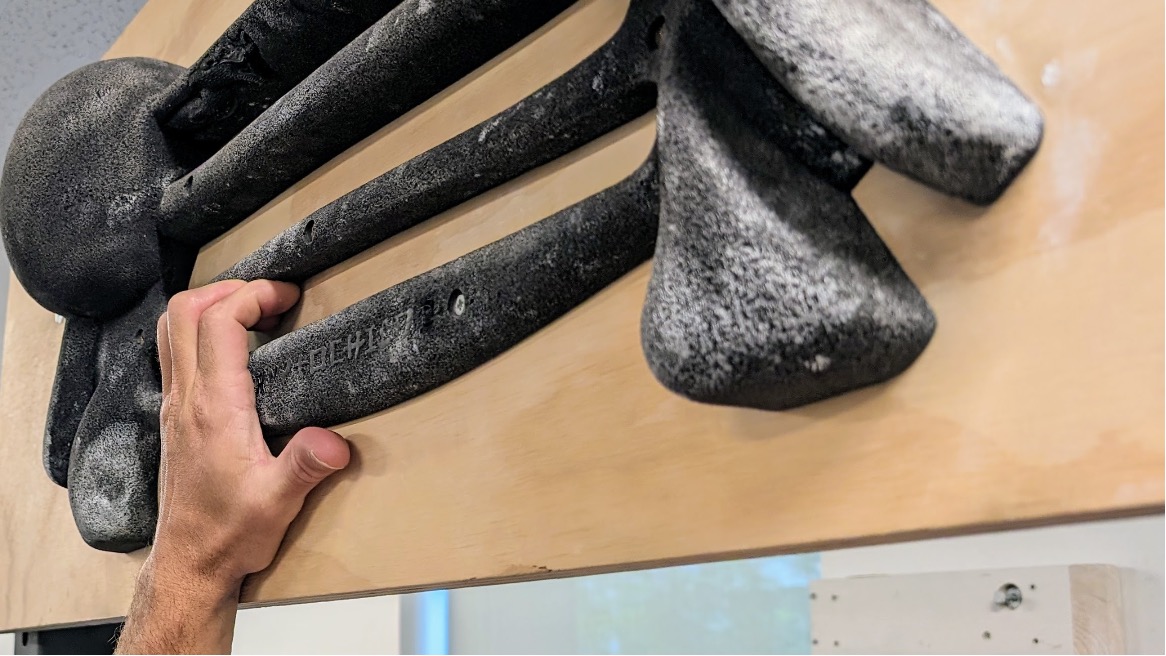Rock climbing is a challenging sport. However, training for climbing might be an even more challenging endeavor. To rock climb well requires developing strength, endurance, power, mobility, and sport specific skill. Moreover, it requires developing all of those areas for the entirety of the body due to the whole body nature of the sport. However, there is one area that all climbers will agree upon that is essential to develop thoroughly for performance and risk prevention which is the hands.
For climbers, developing sport specific finger strength is essential to enhancing performance and preventing injury. Luckily, for climbers there is a plethora of information about finger flexor strengthening out there. Alternatively, there is far less information about finger extensor strengthening. Moreover, there is limited to no research about the influence of finger extension strength and its impact on performance and health of the hands.
Recently, research by M Devise et al. sought to determine climber finger flexor to extensor strength ratios compared to non-climbers and how best to train them1. The results of the study had some interesting findings that could influence how you choose to train. First, the study found that rock climbers have a much larger ratio than the average person with climbers having a mean ratio of 6.271. That is, the climber finger flexor strength is 6.27 times stronger than finger extensors! When compared to the average population which has a ratio of 3.72. That is nearly 2x times the difference!
The second important finding was that finger extensor strength only developed when trained in isolation from finger flexion. When trained together improvement in only finger flexion was observed. This would suggest that to improve the balance of the finger flexion to extension ratio finger extension should be completed on different days than when you hang board or complete finger curls.
The key points of the article are:
- Climbers have a larger difference between finger flexor and extensor strength than a non-climber. This may suggest developing a more typical ratio may reduce risk of injury.
- Training finger extensors in isolation may be more effective than training finger flexors and extensors at the same time.
Protocol used in study:
Position: see image, push finger up into the top of the board.\
Effort: max
On-time: 5s
Rest: 6s
Repetitions: 10
Sets: 4
Rest between sets:2 min
Click Here to schedule your next appointment with the experts at MEND
Citations:
- Devise M, Pasek L, Goislard De Monsabert B, Vigouroux L. Finger flexion to extension ratio in healthy climbers: a proposal for evaluation and rebalance. Front Sports Act Living. 2023;5:1243354. Published 2023 Nov 23. doi:10.3389/fspor.2023.1243354
- Vigouroux L, Quaine F, Paclet F, Colloud F, Moutet F. Middle and ring fingers are more exposed to pulley rupture than index and little during sport-climbing: a biomechanical explanation. Clin Biomech (Bristol, Avon). 2008;23(5):562-570. doi:10.1016/j.clinbiomech.2007.12.009

